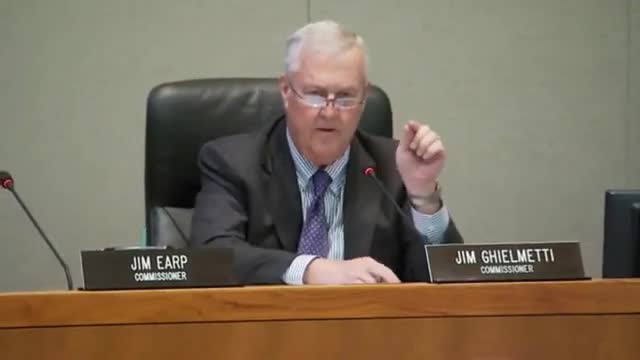SFMTA outlines funding shortfalls for California's local street and road maintenance
February 22, 2025 | Transportation Commission, Agencies under Office of the Governor, Executive, California
This article was created by AI summarizing key points discussed. AI makes mistakes, so for full details and context, please refer to the video of the full meeting. Please report any errors so we can fix them. Report an error »

The California Transportation Commission (CTC) meeting on January 22, 2015, highlighted critical discussions regarding the state’s transportation infrastructure, particularly focusing on local streets and roads. A significant concern raised was the deteriorating condition of California's local roadways, which comprise about 80% of the state's road system.
Monique Webster from the San Francisco Municipal Transportation Agency (SFMTA) provided updates on the procurement of light rail vehicles, emphasizing the need for clarity on funding and program timelines. The conversation underscored the importance of aligning vehicle purchases with available funding, as the agency is working with the Metropolitan Transportation Commission (MTC) to secure loans for expansion vehicles.
The meeting also featured the results of the 2014 statewide local streets and roads needs assessment. Margo Yap from Nicholas Consulting presented alarming statistics indicating that the average pavement condition index has dropped from 68 in 2008 to 66 in 2014. This decline suggests that many local roads are at risk of failing, with projections indicating that nearly a quarter of the local street network could be in poor condition within the next decade.
The assessment revealed that over half of California's bridges, which are primarily owned by local agencies, are over 50 years old and require rehabilitation or replacement. The total funding needed to address these issues is estimated at $108 billion, with a shortfall of approximately $7.8 billion annually. The reliance on gas tax revenue, which is projected to decrease significantly, poses further challenges for local agencies in maintaining and improving infrastructure.
In response to these pressing issues, the CTC discussed potential funding solutions, including restoring the gas tax to 1994 levels and exploring new technologies to stretch existing funds. The meeting concluded with a call for innovative approaches to bridge the funding gap and ensure the safety and reliability of California's transportation network, which is vital for the daily lives of residents across the state.
Monique Webster from the San Francisco Municipal Transportation Agency (SFMTA) provided updates on the procurement of light rail vehicles, emphasizing the need for clarity on funding and program timelines. The conversation underscored the importance of aligning vehicle purchases with available funding, as the agency is working with the Metropolitan Transportation Commission (MTC) to secure loans for expansion vehicles.
The meeting also featured the results of the 2014 statewide local streets and roads needs assessment. Margo Yap from Nicholas Consulting presented alarming statistics indicating that the average pavement condition index has dropped from 68 in 2008 to 66 in 2014. This decline suggests that many local roads are at risk of failing, with projections indicating that nearly a quarter of the local street network could be in poor condition within the next decade.
The assessment revealed that over half of California's bridges, which are primarily owned by local agencies, are over 50 years old and require rehabilitation or replacement. The total funding needed to address these issues is estimated at $108 billion, with a shortfall of approximately $7.8 billion annually. The reliance on gas tax revenue, which is projected to decrease significantly, poses further challenges for local agencies in maintaining and improving infrastructure.
In response to these pressing issues, the CTC discussed potential funding solutions, including restoring the gas tax to 1994 levels and exploring new technologies to stretch existing funds. The meeting concluded with a call for innovative approaches to bridge the funding gap and ensure the safety and reliability of California's transportation network, which is vital for the daily lives of residents across the state.
View full meeting
This article is based on a recent meeting—watch the full video and explore the complete transcript for deeper insights into the discussion.
View full meeting
